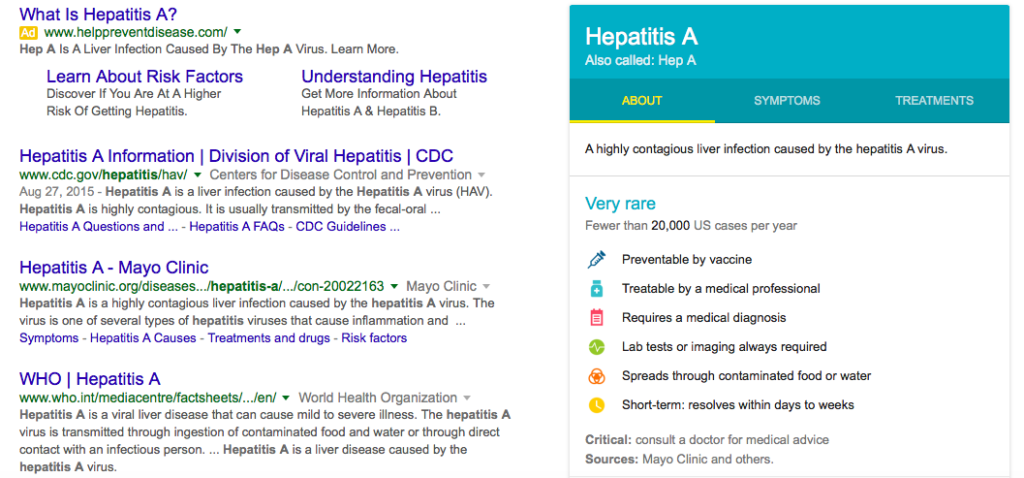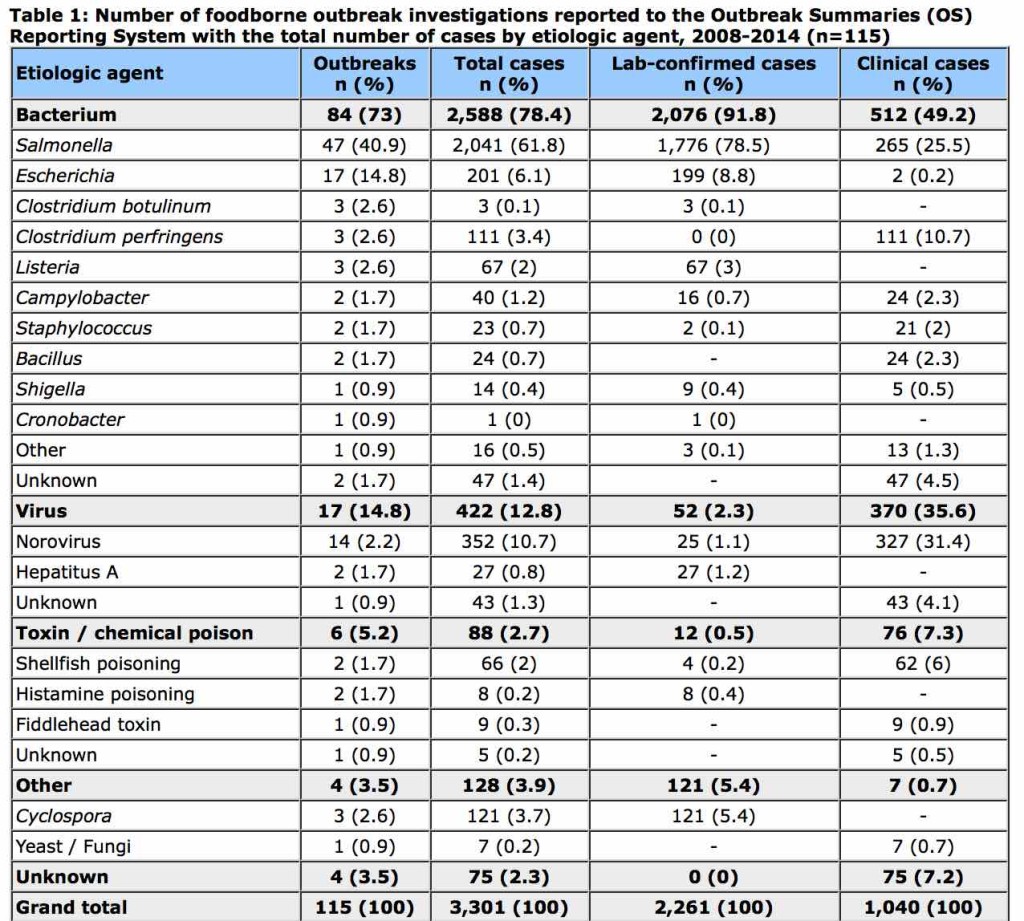I play hockey with a bunch of technology nerds and last night’s post game dressing room chatter included a discussion on recalled emails. Instead of the intended message of ‘oh, I made a mistake, don’t read that last one,’ it leads to increased attention and urgency in reading the recalled message to see what the sender didn’t want you to see.
Sort of like telling someone not to Google something likely leads to that person immediately Googling it.
That’s what a school in the UK did in an effort to reduce panic after 20 cases of hepatitis A was identified in a couple of schools, according to the Yorkshire Evening Post.
An outbreak of Hepatitis A in two Leeds schools has seen national health chiefs offer mass vaccinations in the LS9 area.
Public Health England (PHE) stepped in after around 20 cases of the rare virus were confirmed in the area, sparking a vaccination program that will impact thousands of school staff and residents.
The YEP understands that the 630-pupil Richmond Hill Primary School, in Clark Lane, and 460-pupil Brownhill Primary Academy, in Torre Drive, are the two schools where all staff and pupils are being immunized.
A message put out to parents at Richmond Hill Primary School urges them not to “panic” over the situation. It reads: “We strongly advise you not to Google search ‘Hepatitis A’ as you may access inaccurate and possibly worrying information.”
PHE is working with Leeds City Council and the NHS in Leeds to vaccinate those most likely to have come into contact with the carriers. Around 300 people have taken up the vaccine when offered so far, and PHE is stressing that anyone who has not yet been offered the vaccination does not need it at the current time.
There were only 367 reported cases of Hepatitis A infection in England and Wales during 2010.
I Googled hepatitis A and found some good information sources.











